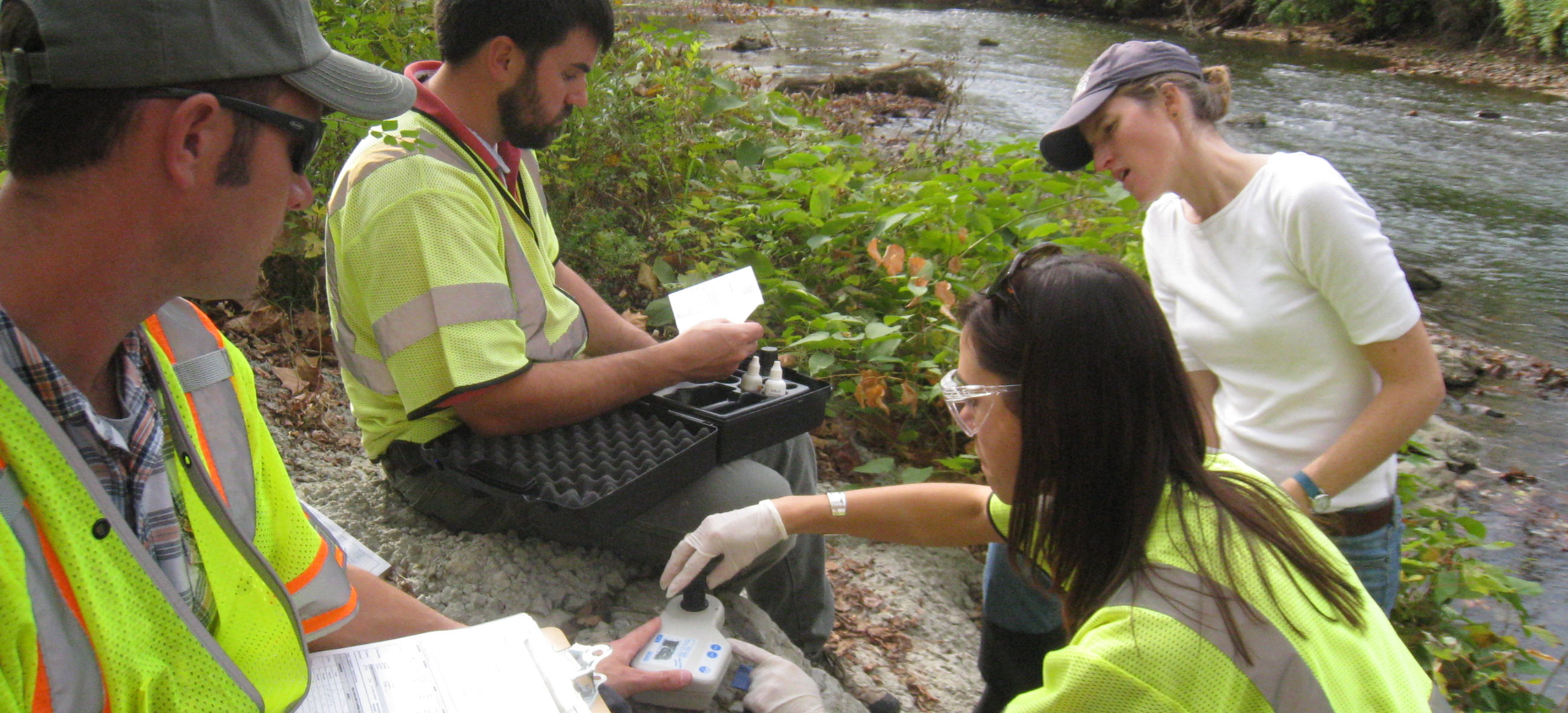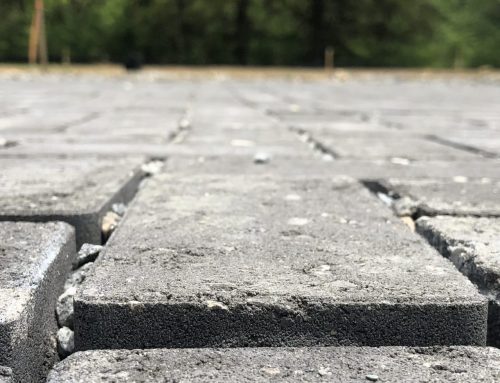For Immediate Release
Contact: Kristen Peterson, The Hatcher Group, 410-990-0284 or kristen@thehatchergroup.com
New Guide Helps Citizen Groups Address Harmful Bacteria in Waterways
Center for Watershed Protection Releases “Safe Waters, Healthy Waters” Guide on Finding and Eliminating Harmful Bacteria in Local Waters
Ellicott City, MD (May 23, 2016) – The Center for Watershed Protection, Inc. (the Center) has released a new guide for citizen science groups and watershed organizations across the nation to take a role in finding and eliminating sources of harmful bacteria in their communities.
Bacteria is one of the most common pollutants in our nation’s waterways. Researchers and regulatory agencies have determined that monitoring bacteria in waterways can help identify human health risks associated with drinking water, shellfish consumption, and recreational water contact.
“Harmful bacteria from sewer leaks, illegal dumping and failing septic systems pose a serious threat to human health,” said Hye Yeong Kwon, executive director of the Center. “Safe Waters, Healthy Waters will help citizen scientists and community organizations learn more about harmful bacteria in their waterways – and what they can do about it.”
The newly released, Safe Waters, Healthy Waters: A Guide for Citizen Groups on Bacteria Monitoring in Local Waterways, outlines how to identify areas with high bacteria, narrow down potential sources and share findings with the public.
The guide provides step-by-step instructions to create a customized bacteria monitoring program, methods to investigate potential pollutant sources, and resources for putting collected data to use. It focuses especially on human sewage sources and monitoring techniques that are simple, reliable and low-cost. The content of this document draws upon the Center’s work over the past decade investigating sewage leaks and other illicit discharges—such as storm drains that have measurable flow during dry weather containing pollutants or pathogens—that are far too common in the nation’s streams, rivers and lakes.
The guide includes step-by-step instructions on how to properly collect bacteria samples, and several case studies detailing successful monitoring programs and the actions that resulted from them.
In one case study, StreamWatch, a community-based water monitoring organization in central Virginia, noticed that a stretch of stream in a highly urban area tested very high for E. coli three months in a row. Upon seeing these results, StreamWatch staff contacted the environmental officials from the City of Charlottesville. The city responded immediately and tested the area for leaking sewer lines, which quickly revealed a broken underground sewer pipe on private property. Within days, the landowner had the pipe fixed to stop the sewage leak.
“It is clear from these findings that many local governments need help to effectively address sewage discharges,” summarized Kwon. “Citizen monitoring programs can help to sample where other agencies aren’t testing or provide data to convince local agencies to establish monitoring programs. It is also an effective way to improve the public’s knowledge of the safety of their water and to act as a ‘watchdog’ to ensure that local agencies are addressing the problem.”
Funding for the research and development of this guide was made possible by the Ittleson Foundation and the Cornell Douglas Foundation.
For more information about the Safe Waters, Healthy Waters guide, contact Laurel Williamson, Stormwater and Watershed Planner, Center for Watershed Protection, at lw@cwp.org.
###
The Center for Watershed Protection, Inc. is a 501(c)(3) non-profit organization dedicated to fostering responsible land and water management through applied research, direct assistance to communities, award-winning training, and access to a network of experienced professionals. As national experts in stormwater and watersheds, the Center for Watershed Protection takes a practical approach to complex, technical watershed management issues; providing collaborative leadership across disciplines and professions with a commitment to protect, restore and enhance our streams, rivers, lakes, wetlands and bays. The Center was founded in 1992 and is headquartered in Ellicott City, Maryland.
www. cwp.org






